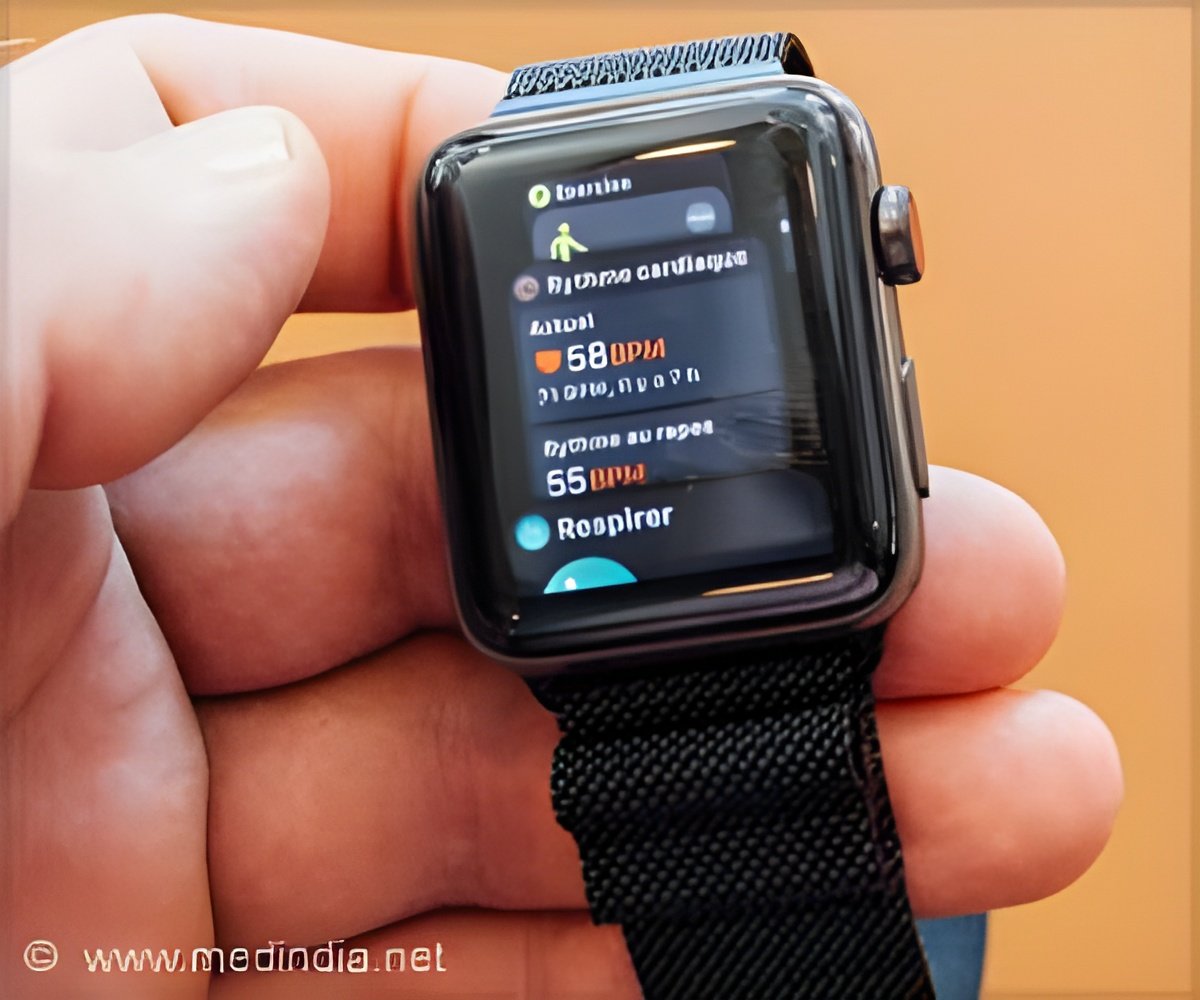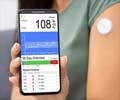Remote patient monitoring devices are set to become a $760 million industry as they help keep elderly patients at home reducing the burden on hospitals.

‘Remote patient monitoring types of devices may be used to help hospitals manage increased healthcare demands in the future.’





Advertisement
Worth of Remote Patient Monitoring Devices Market by 2030
The RPM devices market was one of the fastest-growing industries of 2020 and 2021 in the battle against COVID-19, and GlobalData expects that this technology is set to become an integral part of the healthcare management of the world’s aging population.This latest report forecasts that this will be a driver of growth within the RPM devices market, which will be worth $760 million by 2030—up from $548.9 million in 2020.
As the global population ages, there will be a greater need for healthcare support in the community, especially as we expect chronic diseases outside of the US and Europe to increase significantly.
The COVID-19 pandemic has shown us just how convenient RPM device solutions can be, with many patients now actively engaged in monitoring their health at home via mobile apps.
GlobalData’s Marketed Products database reveals that a total of 37 percent of healthcare companies across the globe launched brand new RPM devices during the pandemic—a time when hospitals were severely overburdened.
Advertisement
COVID-19 Pushed Patients Accept Remote Patient Monitoring Devices
During the pandemic, in-person appointments were limited to reduce the spread of COVID-19, and both medical device companies and patients were forced to adopt remote healthcare monitoring services. This led more patients to accept RPM devices as part of their care at home.The pandemic put pressure on medical device companies to provide RPM devices that could deliver the same high quality of care that patients expected from in-person appointments.
Further, this had to be achieved while maintaining high levels of data security and privacy. While the precision and accuracy of RPM devices are arguably not a challenge anymore, data security and reliability are still core challenges that developers of the next generation of innovative RPM devices will need to prioritize.
Advertisement
Possibility of Monitoring Diseases from Home
This huge shift in the number of patients using remote healthcare has resulted in a much larger target audience for RPM devices. Those with chronic conditions, or who have mobility limitations, have greater opportunity to access healthcare monitoring from home now, without the need for frequent, stressful trips to a healthcare facility.Those with chronic diseases such as arrhythmias, diabetes, and chronic kidney conditions will benefit most from RPM devices, as any change in their condition could prompt urgent medical attention. This and improved access to healthcare for rural and mobility-limited patients will continue to be major drivers of the RPM market.
Source-Medindia










